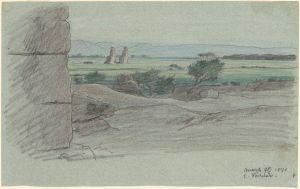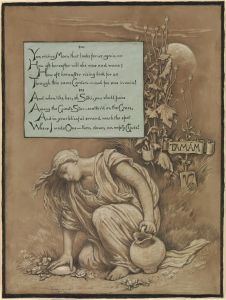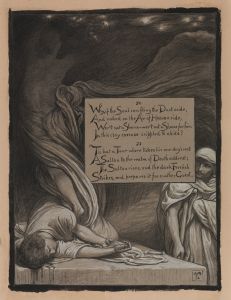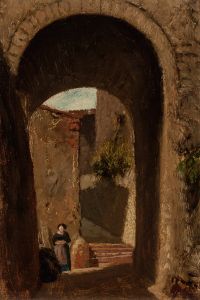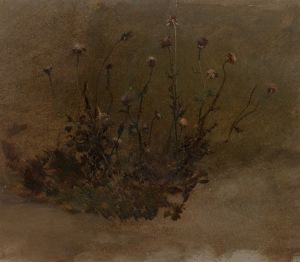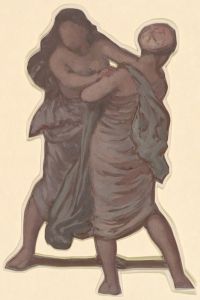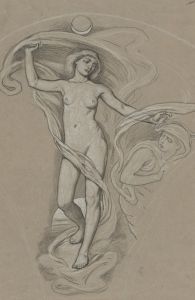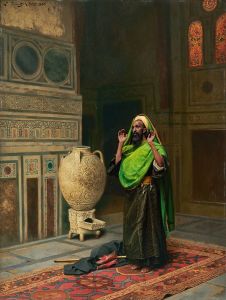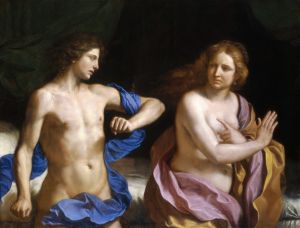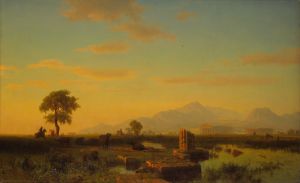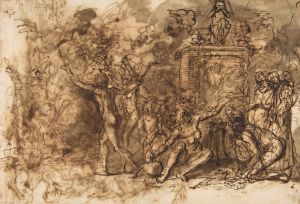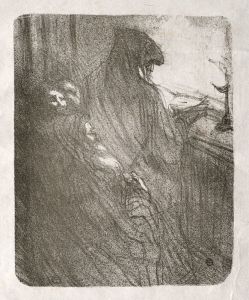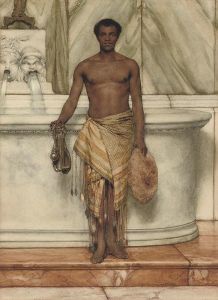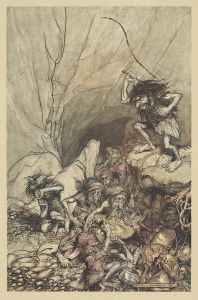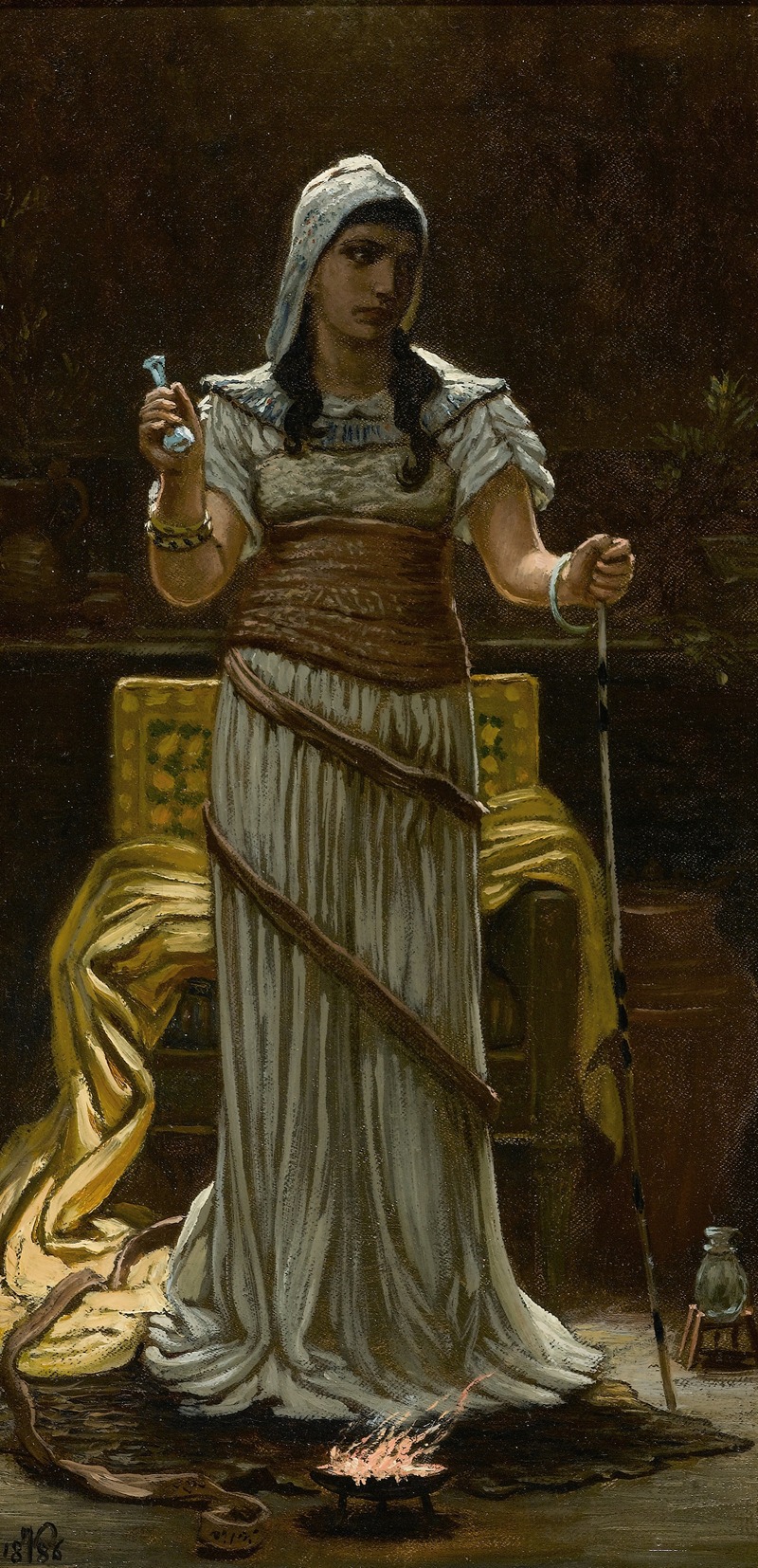
The Etruscan Sorceress
A hand-painted replica of Elihu Vedder’s masterpiece The Etruscan Sorceress, meticulously crafted by professional artists to capture the true essence of the original. Each piece is created with museum-quality canvas and rare mineral pigments, carefully painted by experienced artists with delicate brushstrokes and rich, layered colors to perfectly recreate the texture of the original artwork. Unlike machine-printed reproductions, this hand-painted version brings the painting to life, infused with the artist’s emotions and skill in every stroke. Whether for personal collection or home decoration, it instantly elevates the artistic atmosphere of any space.
Elihu Vedder was an American symbolist painter, known for his mystical and allegorical works. One of his notable paintings is "The Etruscan Sorceress," which reflects his interest in mythology, ancient cultures, and the supernatural. Vedder was born in New York City in 1836 and spent a significant portion of his life in Italy, where he was influenced by the rich history and art of the region. His works often explore themes of mystery and the esoteric, and "The Etruscan Sorceress" is a prime example of this inclination.
"The Etruscan Sorceress" is a painting that captures the enigmatic and mystical aura associated with the Etruscans, an ancient civilization of Italy that predated the Roman Empire. The Etruscans were known for their advanced culture, art, and religious practices, which included divination and sorcery. Vedder's painting likely draws inspiration from these aspects of Etruscan society, portraying a figure that embodies the mysterious and arcane qualities attributed to Etruscan magic.
In the painting, Vedder employs his characteristic style, which combines elements of symbolism and realism. His use of color, light, and shadow creates a dramatic and otherworldly atmosphere, inviting viewers to delve into the mystical world of the Etruscan sorceress. The figure in the painting is depicted with an air of authority and wisdom, suggesting her role as a keeper of ancient secrets and knowledge.
Vedder's interest in the mystical and the supernatural is evident in many of his works, and "The Etruscan Sorceress" is no exception. His fascination with the Etruscans and their enigmatic culture is reflected in the detailed and thoughtful composition of the painting. The work is a testament to Vedder's ability to blend historical and mythological themes with his unique artistic vision.
Throughout his career, Vedder was associated with the American expatriate community in Italy, where he was part of a circle of artists and intellectuals who were drawn to the country's rich cultural heritage. His time in Italy greatly influenced his work, as he absorbed the artistic traditions and historical narratives of the region. This influence is evident in "The Etruscan Sorceress," which showcases Vedder's deep appreciation for the ancient world and its mysteries.
Elihu Vedder's contributions to art extend beyond his paintings; he was also a poet and illustrator, known for his illustrations of Edward FitzGerald's translation of "The Rubaiyat of Omar Khayyam." His diverse body of work reflects his wide-ranging interests and his ability to convey complex themes through visual art.
"The Etruscan Sorceress" remains an intriguing piece within Vedder's oeuvre, capturing the imagination of viewers with its blend of historical reference and artistic innovation. The painting is a reflection of Vedder's lifelong fascination with the mystical and the unknown, and it continues to be appreciated for its artistic and historical significance.





